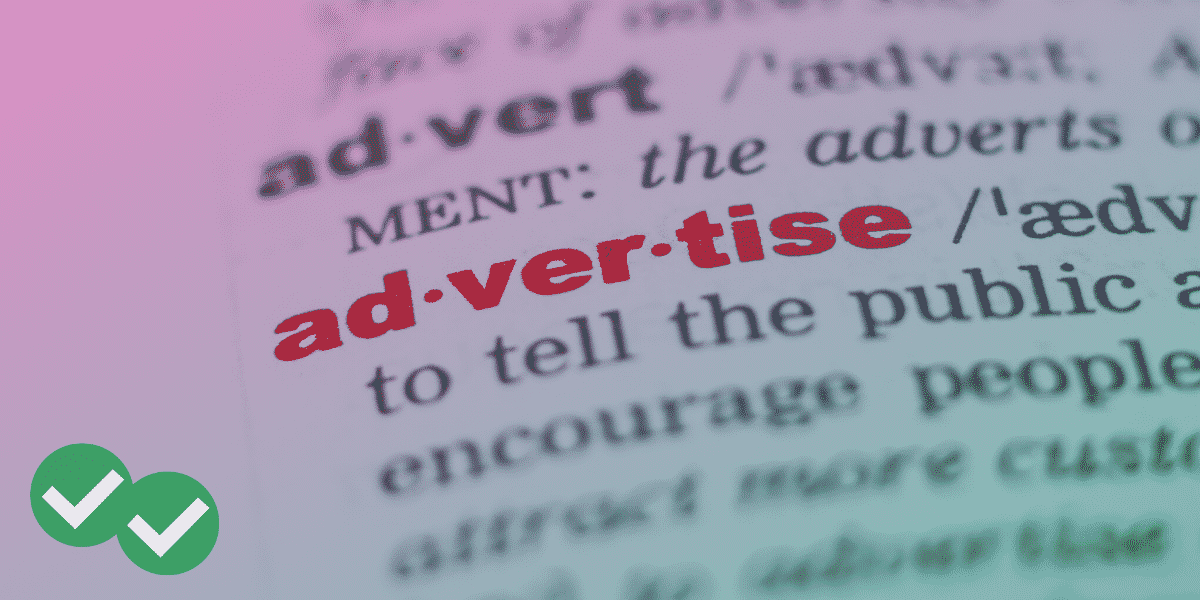This is my second post on the use of phrasal verbs in medical jobs. In my last post, we looked at two of the four phrasal verbs I originally showed you in a business English video lesson. Now that we’ve learned about how to use “go on” and “carry out,” let’s take a look at the next two phrasal verbs. Below, read all about the way that “set up” and “point out” are used in English language hospitals and clinics.
“Set up” in the medical profession
The use of “set up” in medicine is a lot like the use of “set up” in other workplace settings. “Set up” means to arrange something or physically put something together.
Rounds—the activity of visiting and talking to different patients—can be set up as well as carried out. To set up a round is to arrange a schedule that determines which doctor or nurse will visit the patients on certain days. Setting up a schedule usually also involves deciding the timetables of patient visits—how long each patient visit will take, which patients are seen first and last, that sort of thing.
Heavy medical equipment with multiple parts is said to be set up. An ultrasound or x-ray must be set up before they can be used on a patient. And an IV, feeding tube, or other invasive medical device would certainly be set up—they involve the carful combination of different machine parts with human body parts.
A medical procedure that has to be done only under specific physical conditions is set up. Surgeries are set up when surgical tools are arranged in a room, all participants sanitize their hands and put on gloves, and the patient is put to sleep with sedative medicine. In a less complex example, you could also say that a blood pressure measurement is “set up,” because you need to have the patient roll up his or her sleeve, and then you need to strap on the blood pressure arm cuff, fill it with air, release the air, and watch the meter.
“Point out” in the medical profession
“Point out” can be used to draw attention to information, as in “I’d like to point out that the patient took this medicine before, and it didn’t help.” This phrase can also be used to point attention to something physical, as in “let me point out the fracture on the rib, here in the x-ray.”
When it’s used to draw attention to a piece of information, “point out” has a forceful connotation. Use of the phrase suggests authority, and may even suggest that you’re annoyed that no one has seemed to notice the piece of information you are now mentioning.
Because of this, in medical settings “point out” is often used by people in management. Lead doctors or head nurses will point out information to lower-ranking medical staff. A doctor may point out that nurse forgot to visit every patient on her rounds, or a nurse may point out that a nurse’s assistant forgot to properly wash their hands before working with a patient. You’d only want to use “point out” with a colleague in an urgent or serious situation, and you wouldn’t want to “point out” information to your boss in a clinic or hospital.
“Point out” has a more neutral connotation when it’s used to draw attention to something physical. It’s perfectly polite to point out a physical object or feature to your boss, your colleagues, people you supervise, or patients. You can point out an irregularity in a vital sign such as a patient’s heartbeat. Often, you will also ask patients to point out things on their bodies, pointing out a spot where they feel pain or have a lump for example.






Leave a Reply